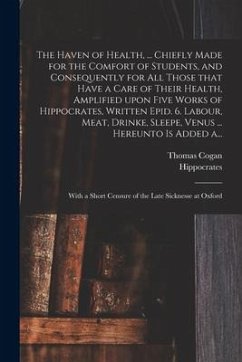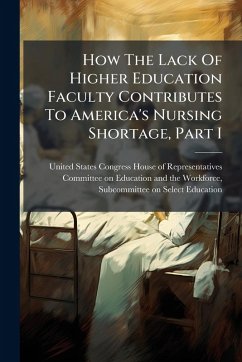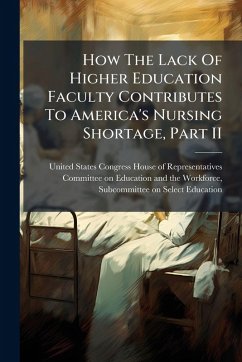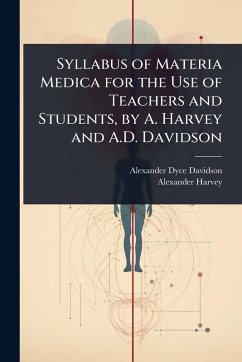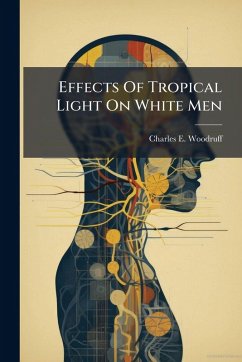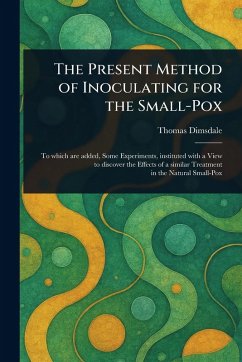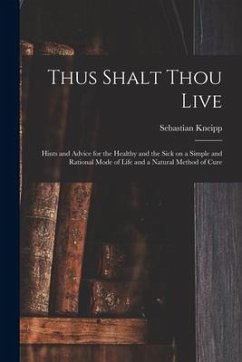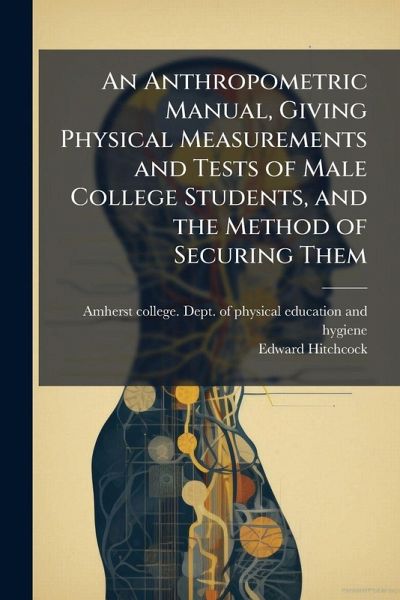
An Anthropometric Manual, Giving Physical Measurements and Tests of Male College Students, and the Method of Securing Them
Versandkostenfrei!
Versandfertig in über 4 Wochen
14,99 €
inkl. MwSt.
Weitere Ausgaben:

PAYBACK Punkte
7 °P sammeln!
"An Anthropometric Manual" is a detailed guide outlining physical measurements and tests conducted on male college students. Authored by the Department of Physical Education and Hygiene at Amherst College, and Edward Hitchcock (1828-1911), this manual provides methodologies for gathering and interpreting anthropometric data. Dating back to 1893, it offers insights into the standards and practices of physical assessment during that era. The book is invaluable for researchers, historians of science and medicine, and anyone interested in the evolution of physical education and public health. It s...
"An Anthropometric Manual" is a detailed guide outlining physical measurements and tests conducted on male college students. Authored by the Department of Physical Education and Hygiene at Amherst College, and Edward Hitchcock (1828-1911), this manual provides methodologies for gathering and interpreting anthropometric data. Dating back to 1893, it offers insights into the standards and practices of physical assessment during that era. The book is invaluable for researchers, historians of science and medicine, and anyone interested in the evolution of physical education and public health. It serves as a primary source for understanding the historical context of anthropometry and its application in educational settings. This work has been selected by scholars as being culturally important, and is part of the knowledge base of civilization as we know it. This work was reproduced from the original artifact, and remains as true to the original work as possible. Therefore, you will see the original copyright references, library stamps (as most of these works have been housed in our most important libraries around the world), and other notations in the work. This work is in the public domain in the United States of America, and possibly other nations. Within the United States, you may freely copy and distribute this work, as no entity (individual or corporate) has a copyright on the body of the work. As a reproduction of a historical artifact, this work may contain missing or blurred pages, poor pictures, errant marks, etc. Scholars believe, and we concur, that this work is important enough to be preserved, reproduced, and made generally available to the public. We appreciate your support of the preservation process, and thank you for being an important part of keeping this knowledge alive and relevant.



